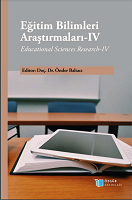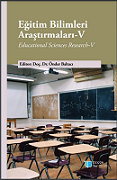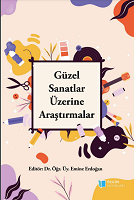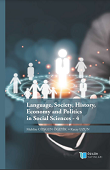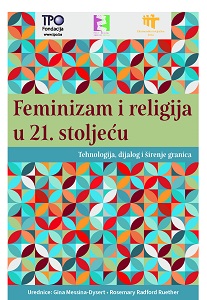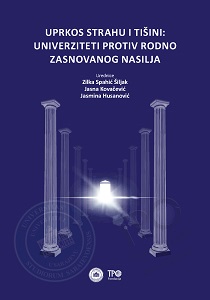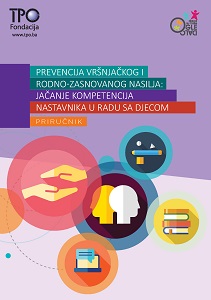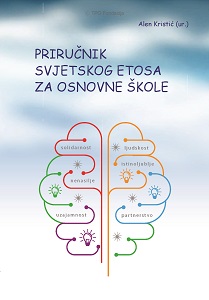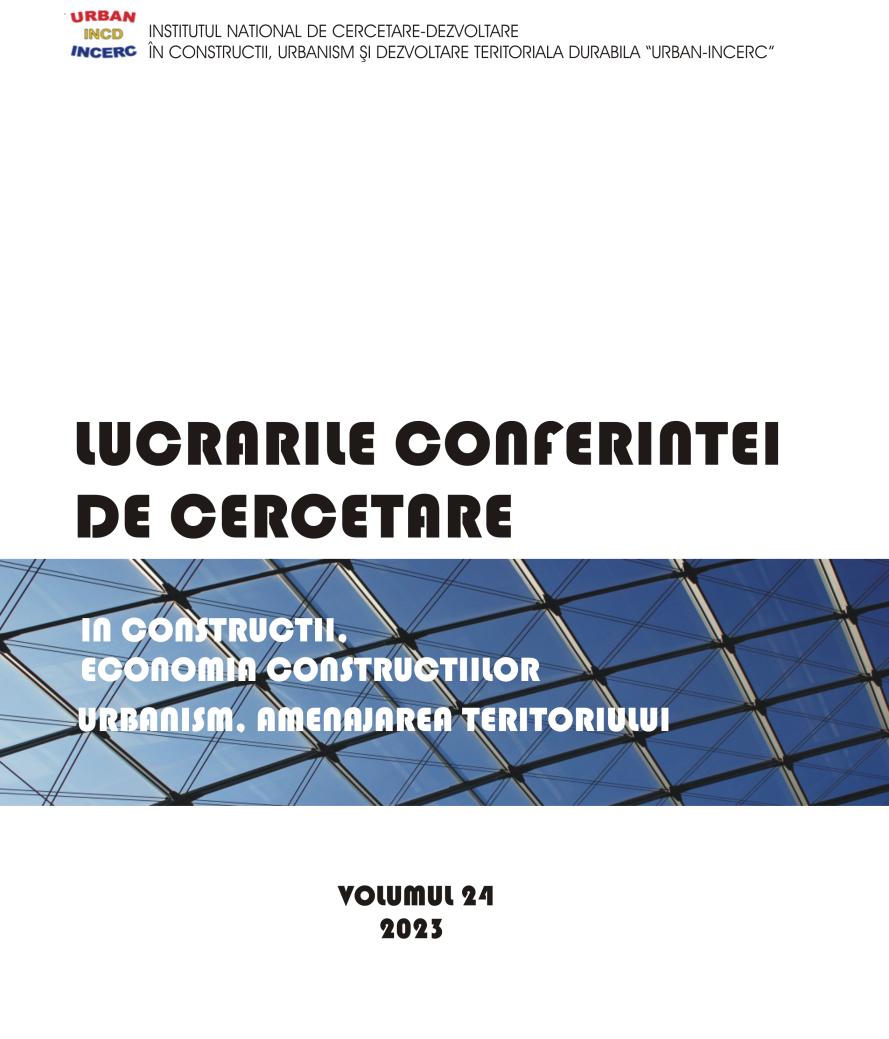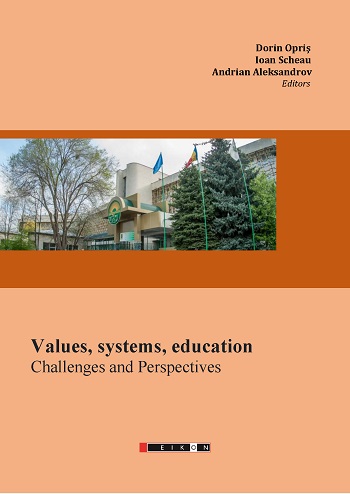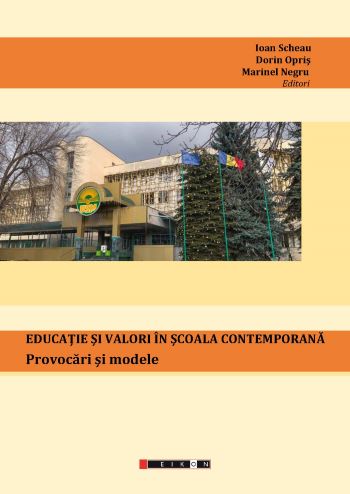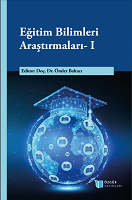
Matematik Sembol Bilgisi ve Kullanımı
The aim of this study is to determine the mathematical symbols that the students enrolled in mathematics teaching and mathematics programs in 2005, 2006, 2007, 2008 and 2009 knew before university and the meanings they attributed to these symbols. The research is a longitudinal study, and it was carried out over a period of 5 years, namely 2005, 2006, 2007, 2008, 2009. The study was conducted with the case study model. The research was conducted with a total of 524 first-year students enrolled in the Primary Education Mathematics Teaching Program of the Faculty of Education and the Mathematics Program of the Faculty of Arts and Sciences of a University located in the Eastern Anatolia Region, determined by the purposeful sampling method. In the research, "mathematics background information" form was used as data collection tools. The data were analyzed by descriptive analysis. The results of the study show that 524 participants used mathematical symbols 5703 times by attributing the correct meaning, and on average, one participant used 11 mathematical symbols with the correct meaning. Again, the results of the research show that the participants used a total of 106 mathematical symbols and 13 Greek letters with the correct meaning, and the combination symbol was used at most 240 times. Again, although the results are small compared to the number of participants, some of the participants used 14 software that does not meet a mathematical concept but can meet a definition and will not be considered a mistake, 21 times in total. The results show that the participants attributed a total of 42 different meanings to the 12 mathematical symbols. A total of 238 different meanings were loaded. According to the results of the research, the participants attributed a total of 56 wrong meanings to 21 mathematical symbols and used 4 abbreviations and punctuation marks, which would not be considered as mathematical symbols, a total of 4 times. Again, the results show that the participants corresponded to 16 mathematical concepts with a total of 55 different symbols, signs or letters. Different symbols, signs or letters correspond to a total of 1300 mathematical concepts. Some participants are not even aware that they are using a mathematical symbol.
More...
